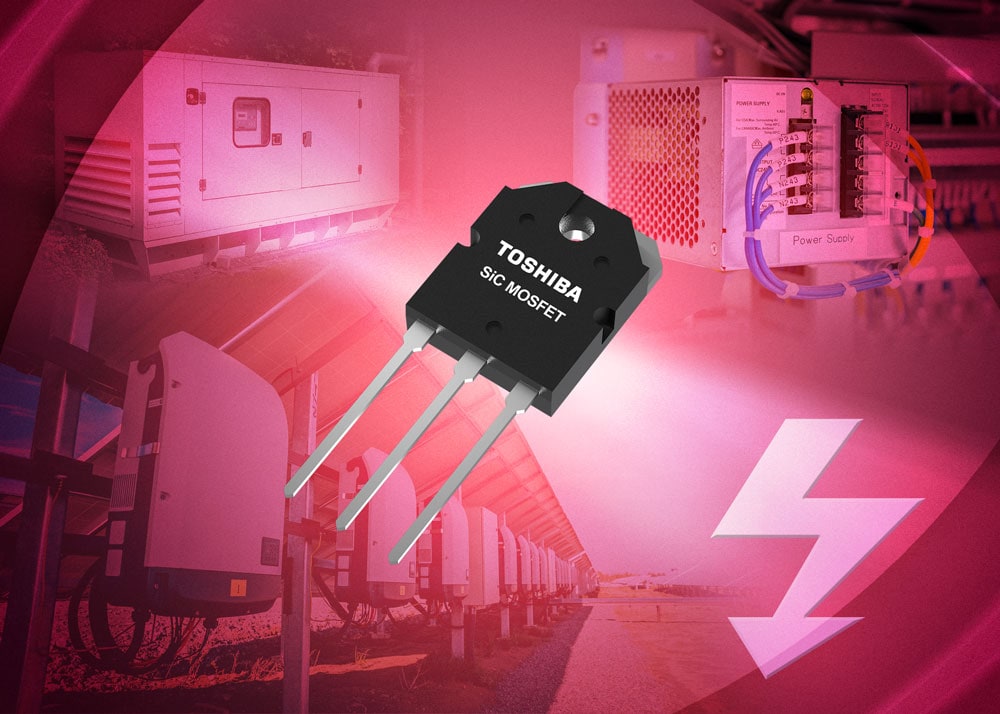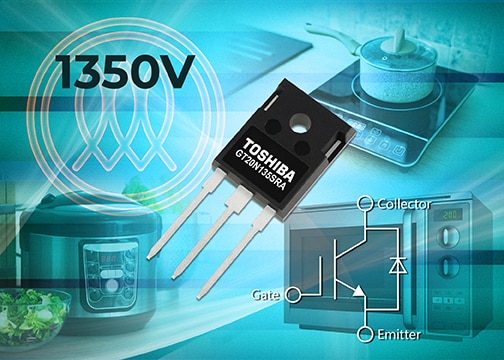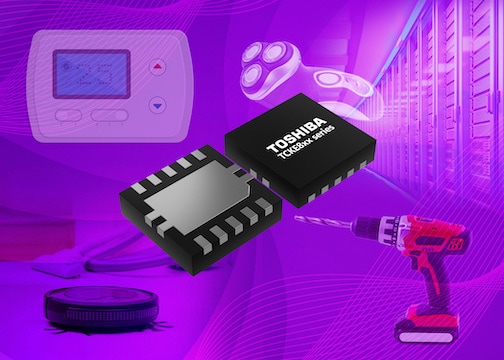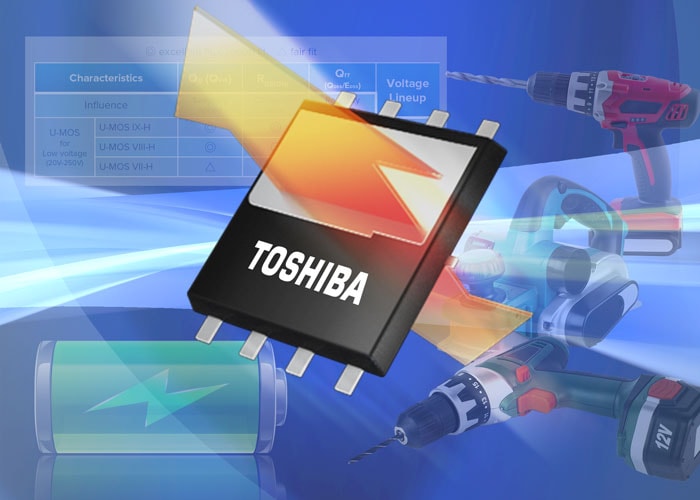- General Top
- SEMICONDUCTOR
- STORAGE
- COMPANY
-
My ToshibaSemicon
- Semiconductor Top
-
ApplicationsAutomotive
Body Electronics
xEV
In-Vehicle Infotainment
Advanced Driver-Assistance Systems (ADAS)
Chassis
IndustrialInfrastructure
BEMS/HEMS
Factory Automation
Commercial Equipment
Consumer/PersonalIoT Equipment
Healthcare
Wearable Device
Mobile
Computer Peripherals
-
ProductsAutomotive Devices
Discrete Semiconductor
Diodes
Transistors
Logic ICs
Analog Devices
Digital Devices
Wireless Devices
※
: Products list (parametric search)
Power SemiconductorsSiC Power Devices
※
: Products list (parametric search)
Isolators/Solid State RelaysPhotocouplers
Digital Isolators
Solid State Relays
Fiber Optic Transmitting Modules
※
: Products list (parametric search)
MOSFETsIGBTs/IEGTsBipolar Transistors※
: Products list (parametric search)
Diodes※
: Products list (parametric search)
MicrocontrollersMotor Driver ICsIntelligent Power ICs※
: Products list (parametric search)
Power Management ICsLinear ICs※
: Products list (parametric search)
General Purpose Logic ICsLinear Image SensorsOther Product ICsOther Product ICs
※
: Products list (parametric search)
-
Design & Development
Design & Development
Innovation Centre
At the Toshiba Innovation Centre we constantly strive to inspire you with our technologies and solutions. Discover how to place us at the heart of your innovations.
-
Knowledge
Knowledge
Highlighted Topics
Further Materials
Other
- Where To Buy
- Part Number & Keyword Search
- Cross Reference Search
- Parametric Search
- Stock Check & Purchase
This webpage doesn't work with Internet Explorer. Please use the latest version of Google Chrome, Microsoft Edge, Mozilla Firefox or Safari.
require 3 characters or more. Search for multiple part numbers fromhere.
The information presented in this cross reference is based on TOSHIBA's selection criteria and should be treated as a suggestion only. Please carefully review the latest versions of all relevant information on the TOSHIBA products, including without limitation data sheets and validate all operating parameters of the TOSHIBA products to ensure that the suggested TOSHIBA products are truly compatible with your design and application.Please note that this cross reference is based on TOSHIBA's estimate of compatibility with other manufacturers' products, based on other manufacturers' published data, at the time the data was collected.TOSHIBA is not responsible for any incorrect or incomplete information. Information is subject to change at any time without notice.
require 3 characters or more.
New bidirectional 3-phase PFC reference design speeds up the development of EV charging solutions
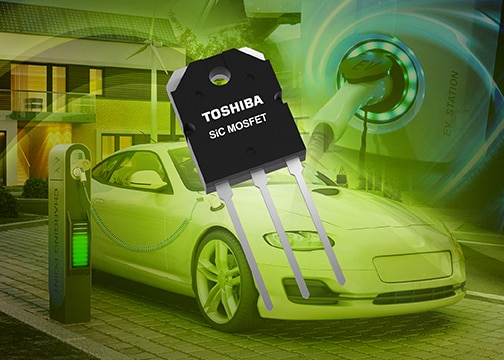
With hundreds of millions of electric vehicles (EVs) being deployed in the next two decades, providing a comprehensive charging infrastructure is critical. Equally critical is the efficiency of these charging points.
Supporting this, Toshiba has developed a 3-phase 400 VAC power factor correction (PFC) reference design specifically for EV charging that requires minimal engineering resources to be implemented. This is based on wide-bandgap (WBG) technology and has bidirectional capabilities.
The reference design operates with a near-unity (>0.99) power factor and can deliver a 750 VDC output at 4 kW. The use of a totem pole PFC (TPPFC) design removes the need for a diode bridge rectifier, eliminating the associated losses and allowing efficiencies of 97% to be achieved.
Key to this design’s performance and success is the use of Toshiba’s TW070J120B N-channel silicon carbide (SiC) MOSFET switching device . Three-phase 400 VAC input means the switching elements need the capacity to cope with at least 1000 V. Normally IGBTs would be used, however, they are slower than SiC MOSFETs and have greater switching losses. By using SiC MOSFETs accelerated switching speeds and elevated withstand voltages can be achieved. With a built-in SiC Schottky barrier diode, the TW070J120B has a 1200 V withstand voltage easily meeting the requirement.


